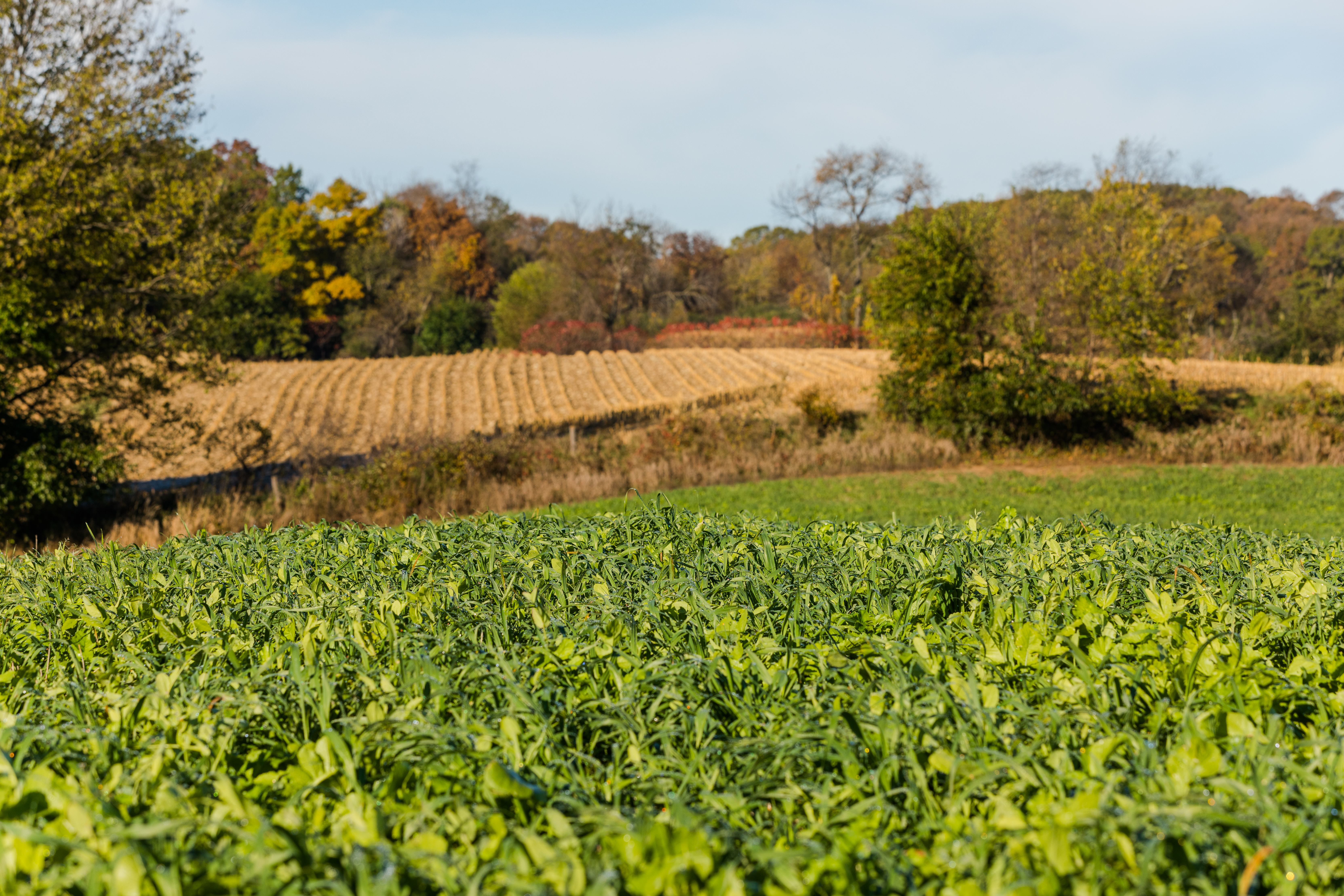It may not seem obvious that changing your nitrogen management practices for various crops creates opportunities for carbon credits, but this is certainly the case. Many best practices around nitrogen management help reduce emissions from the soil around the loss of nitrous oxide.
Generalities
- Variety of Nitrogen Management practices to qualify for carbon credits
- Variable Rate Nitrogen
- Addition of Nitrogen Stabilizers
- Split applications of N ( Y-drops, high-clearance equipment, etc.)
- Model approach to determining N needs
- PSNT-based approach?
- Nitrous Oxide Emission Reduction
- Assumptions to be made (Reduction in Emission from Soil not from manufacturing)
- 0.1 ton CO2 per acre per year
- Applicable to any crops that require considerable N inputs?
- Use of Adapt-N and other Nitrogen management software/programs to determine N demand needs based on weather and historical data
- How does Nitrogen Management impact Carbon Sequestration
Crop-Specific N Practices
- Opportunities for Nitrogen Management:
- Corn
- Y-drops
- Variable Rate (based on soil type, seeding rate, weather pattern, etc.)
- Split Applications
- Corn N Modeling Needs; Adapt-N, others
- Protected N; Super-U, ESN, impregnated N, stabilized 28%, anhydrous
- Wheat
- Split applications
- Variable Rate N
- N Management with PGR addition
- Protected N for green-up application that is not incorporated
- Sugarbeets
- Split applications; sidedress based on stand
- Variable Rate (based on soil type, stand count, seeding rate, etc.)
- Protected N for sidedress N
- N rate impact on sugar content at harvest
- Potatoes
- Variable rate N application based on soil factors, stand emergence
- Protected N for in-season applications
- Split applications of N (fertigation, etc.)
- Impact of N on fresh market potatoes and storability, chipping quality
- Cotton
- Protected Nitrogen source
- Split applications of N
- Sorghum
- Protected Nitrogen Source
- Timing applications closest to N demands
- Split application of N is warranted in most situations
- 1.6 x Yield Goal is normal for determining rate
- Rice
- Protected Nitrogen source, coated urea, applied with airplane
- Timing application closest to N demands (reduce chance of N loss)
- Split applications of N is already commonplace; about ⅔ of total up front before flooding, with remaining ⅓ applied in middle of season
- Soil type and previous crop (legume vs. non-legume) impacts rates
- Corn


